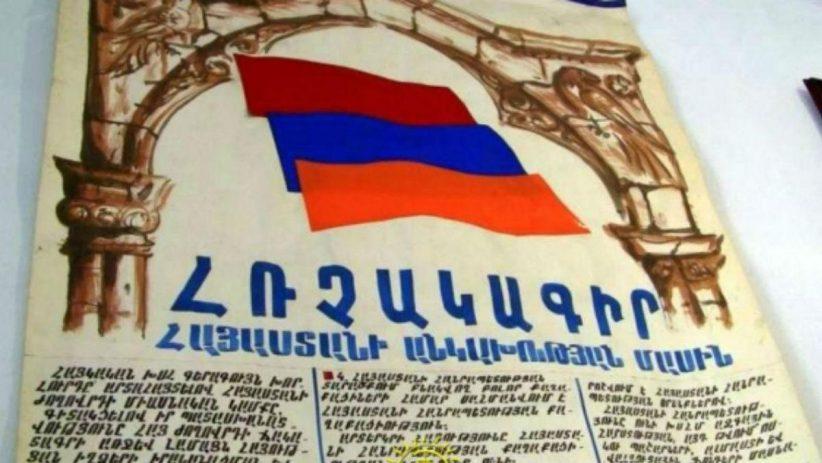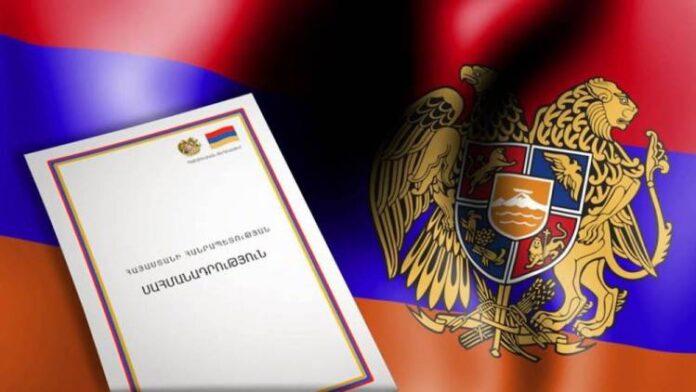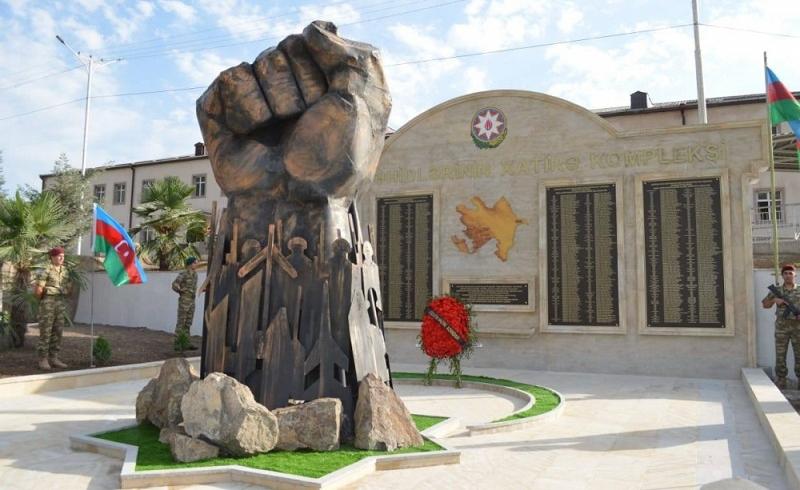Pashinyan’s remarks on Armenia’s constitutional & Independence Declaration gaps Reflection on statehood & geopolitical implications
On August 23, Prime Minister Nikol Pashinyan marked the 34th anniversary of Armenia’s Declaration of Independence with a statement highlighting the distinctions between the 1990 declaration and the current Armenian constitution. His remarks, which emphasized the non-identical nature of these two foundational texts, are to spark renewed discussion about the evolution of Armenian statehood, the complexities of its legal framework, and the ongoing geopolitical tensions that continue to shape the nation’s future.
Further, he noted that while the constitution references the declaration in its preamble, it does not fully incorporate its contents. Specifically, Pashinyan pointed out that Article 5 of the declaration, which placed Armenia’s military and security forces under the then Supreme Council, is not reflected in the new constitution. Instead, these forces were under the authority of the president and, since 2018, the government. Pashinyan emphasized that the understanding of independence and statehood has evolved significantly since 1990, becoming more nuanced and comprehensive.
The 1990 declaration vs. Armenian constitution: A legal discrepancy
Nikol Pashinyan's statement brought to the forefront a significant issue: the 1990 Declaration of Independence has not been fully integrated into the Armenian constitution. While the constitution does reference the declaration in its preamble, this mention is not synonymous with a comprehensive inclusion of the declaration’s content. The prime minister specifically highlighted that key elements of the declaration, such as Article 5 - where the military and security forces were originally placed under the control of the former Supreme Council - are absent in the current constitutional framework.

This discrepancy is more than a mere technicality. It reflects the shifts in governance and legal structures that have occurred since Armenia declared its independence from the Soviet Union. The decision to omit certain aspects of the declaration from the constitution may have been driven by the changing needs and realities of a fledgling state navigating its newfound sovereignty. However, it also raises questions about the coherence and continuity of Armenia’s legal and political identity.
Evolving concepts of independence & statehood
Beyond the legalistic aspects, Pashinyan’s remarks also touched on a deeper transformation in the Armenian public’s understanding of independence and statehood. He suggested that since 1990, there has been a significant shift in how these concepts are perceived and valued by Armenians. The prime minister spoke of a "deeper and more comprehensive" approach to statehood that is now taking root in Armenia, one that is characterized by "completely different formulas of thinking".
This evolution can be seen as part of Armenia’s broader post-Soviet journey. In the early years of independence, the focus was primarily on establishing sovereignty and building the basic institutions of a nation-state, some pundits claim. However, as the country has matured, there has been a growing recognition that independence is not merely about political separation from the Soviet Union, but about forging a distinct national identity, advancing democratic governance, and securing Armenia’s place in the global community though some of them seem unattainable given the current policies pursued by the Armenian governments.
Pashinyan’s comments suggest that the Armenian leadership is now looking beyond the foundational myths and symbols of independence to develop a more sophisticated and pragmatic approach to statecraft. This includes addressing the legal inconsistencies between the Declaration of Independence and the constitution as well as rethinking the nation’s strategic priorities in a rapidly changing world.
Geopolitical dimension
Pashinyan’s remarks also have significant geopolitical implications, particularly in the context of Armenia’s ongoing conflict with Azerbaijan. The 1990 Declaration of Independence, as cited in the constitution’s preamble, includes references to the 1989 unification act between Soviet Armenia and the then Nagorno-Karabakh Autonomous Oblast (NKAO) of Azerbaijan. It also calls for the international recognition of the 1915 events as genocide.

These references are highly contentious, especially given Azerbaijan’s stance that peace with Armenia can only be achieved if Yerevan removes any constitutional mention of Nagorno-Karabakh. Baku views the inclusion of these references as a direct challenge to its territorial integrity and as an obstacle to normalizing relations between the two countries.
Pashinyan’s acknowledgment that the Declaration of Independence and the constitution are not identical could be interpreted as a subtle signal that Armenia is open to re-evaluating its constitutional stance on “Nagorno-Karabakh”. However, such a move would be fraught with political risk. Any attempt to amend the constitution to remove references to “Nagorno-Karabakh” would likely be met with fierce opposition from nationalist forces within Armenia and the Armenian diaspora, who view the defense of Karabakh as a core element of Armenian identity.
Moreover, the geopolitical context surrounding “Nagorno-Karabakh” has become even more complex in the wake of the 2020 Second Karabakh War. The conflict has reshaped the balance of power in the South Caucasus, with Azerbaijan emerging as the dominant force. Armenia, on the other hand, has been forced to reassess its alliances and strategic priorities, including its traditionally close relationship with Russia, which some Armenians feel did not provide adequate support during the war.

Pashinyan’s remarks also come at a time when Armenia is navigating a shifting international landscape. The post-2020 geopolitical order in the South Caucasus is increasingly being shaped by the interests of external powers, including Russia, Turkey, and the West. In this context, Armenia’s constitutional and legal framework is not just a domestic issue, but a factor that could influence its relations with these key players.
For instance, Russia, as Armenia’s primary security guarantor, has a vested interest in the stability of Armenia. Russian President Vladimir Putin’s visit to Azerbaijan on August 18-19, cast new light on these issues. The visit underscores Russia's endorsement of Azerbaijan’s territorial integrity together with Karabakh.
Conclusion
Prime Minister Nikol Pashinyan’s recent remarks on the relationship between the 1990 Declaration of Independence and the Armenian constitution offer a timely reflection on the evolving nature of Armenian statehood. His acknowledgment of the discrepancies between these two documents highlights the ongoing challenges of aligning Armenia’s legal framework with its historical and geopolitical realities.
As Armenia continues to travel through its post-Soviet trajectory, these issues will remain at the forefront of both domestic and international discourse. How Armenia addresses these challenges - whether through constitutional amendments, legal reforms, or a rethinking of its strategic priorities - will have profound implications for its future as a sovereign nation.
The evolving concepts of independence and statehood that Pashinyan alluded to are not just theoretical constructs, but practical realities that will shape Armenia’s political, legal, and geopolitical landscape for years to come. As such, the discussion sparked by Pashinyan’s remarks is not just about the past, but about the future of Armenia and its place in the world.








